LensCrafters 2012 Annual Report Download - page 201
Download and view the complete annual report
Please find page 201 of the 2012 LensCrafters annual report below. You can navigate through the pages in the report by either clicking on the pages listed below, or by using the keyword search tool below to find specific information within the annual report.-
 1
1 -
 2
2 -
 3
3 -
 4
4 -
 5
5 -
 6
6 -
 7
7 -
 8
8 -
 9
9 -
 10
10 -
 11
11 -
 12
12 -
 13
13 -
 14
14 -
 15
15 -
 16
16 -
 17
17 -
 18
18 -
 19
19 -
 20
20 -
 21
21 -
 22
22 -
 23
23 -
 24
24 -
 25
25 -
 26
26 -
 27
27 -
 28
28 -
 29
29 -
 30
30 -
 31
31 -
 32
32 -
 33
33 -
 34
34 -
 35
35 -
 36
36 -
 37
37 -
 38
38 -
 39
39 -
 40
40 -
 41
41 -
 42
42 -
 43
43 -
 44
44 -
 45
45 -
 46
46 -
 47
47 -
 48
48 -
 49
49 -
 50
50 -
 51
51 -
 52
52 -
 53
53 -
 54
54 -
 55
55 -
 56
56 -
 57
57 -
 58
58 -
 59
59 -
 60
60 -
 61
61 -
 62
62 -
 63
63 -
 64
64 -
 65
65 -
 66
66 -
 67
67 -
 68
68 -
 69
69 -
 70
70 -
 71
71 -
 72
72 -
 73
73 -
 74
74 -
 75
75 -
 76
76 -
 77
77 -
 78
78 -
 79
79 -
 80
80 -
 81
81 -
 82
82 -
 83
83 -
 84
84 -
 85
85 -
 86
86 -
 87
87 -
 88
88 -
 89
89 -
 90
90 -
 91
91 -
 92
92 -
 93
93 -
 94
94 -
 95
95 -
 96
96 -
 97
97 -
 98
98 -
 99
99 -
 100
100 -
 101
101 -
 102
102 -
 103
103 -
 104
104 -
 105
105 -
 106
106 -
 107
107 -
 108
108 -
 109
109 -
 110
110 -
 111
111 -
 112
112 -
 113
113 -
 114
114 -
 115
115 -
 116
116 -
 117
117 -
 118
118 -
 119
119 -
 120
120 -
 121
121 -
 122
122 -
 123
123 -
 124
124 -
 125
125 -
 126
126 -
 127
127 -
 128
128 -
 129
129 -
 130
130 -
 131
131 -
 132
132 -
 133
133 -
 134
134 -
 135
135 -
 136
136 -
 137
137 -
 138
138 -
 139
139 -
 140
140 -
 141
141 -
 142
142 -
 143
143 -
 144
144 -
 145
145 -
 146
146 -
 147
147 -
 148
148 -
 149
149 -
 150
150 -
 151
151 -
 152
152 -
 153
153 -
 154
154 -
 155
155 -
 156
156 -
 157
157 -
 158
158 -
 159
159 -
 160
160 -
 161
161 -
 162
162 -
 163
163 -
 164
164 -
 165
165 -
 166
166 -
 167
167 -
 168
168 -
 169
169 -
 170
170 -
 171
171 -
 172
172 -
 173
173 -
 174
174 -
 175
175 -
 176
176 -
 177
177 -
 178
178 -
 179
179 -
 180
180 -
 181
181 -
 182
182 -
 183
183 -
 184
184 -
 185
185 -
 186
186 -
 187
187 -
 188
188 -
 189
189 -
 190
190 -
 191
191 -
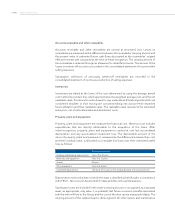 192
192 -
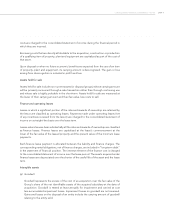 193
193 -
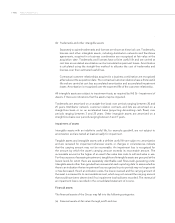 194
194 -
 195
195 -
 196
196 -
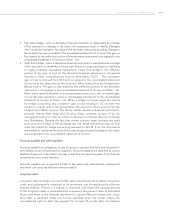 197
197 -
 198
198 -
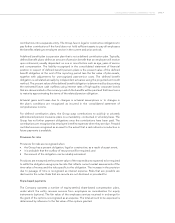 199
199 -
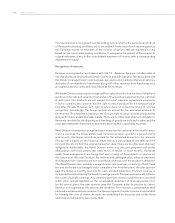 200
200 -
 201
201 -
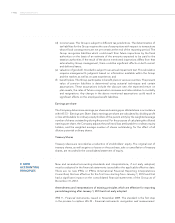 202
202 -
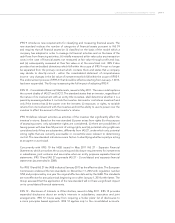 203
203 -
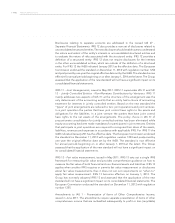 204
204 -
 205
205 -
 206
206 -
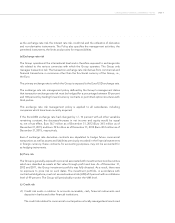 207
207 -
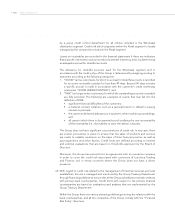 208
208 -
 209
209 -
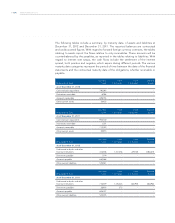 210
210 -
 211
211 -
 212
212 -
 213
213 -
 214
214 -
 215
215 -
 216
216 -
 217
217 -
 218
218 -
 219
219 -
 220
220 -
 221
221 -
 222
222 -
 223
223 -
 224
224 -
 225
225 -
 226
226 -
 227
227 -
 228
228 -
 229
229 -
 230
230 -
 231
231 -
 232
232 -
 233
233 -
 234
234 -
 235
235 -
 236
236 -
 237
237 -
 238
238 -
 239
239 -
 240
240 -
 241
241 -
 242
242 -
 243
243 -
 244
244 -
 245
245 -
 246
246 -
 247
247 -
 248
248 -
 249
249 -
 250
250 -
 251
251 -
 252
252 -
 253
253 -
 254
254 -
 255
255 -
 256
256 -
 257
257 -
 258
258 -
 259
259 -
 260
260 -
 261
261 -
 262
262 -
 263
263 -
 264
264 -
 265
265 -
 266
266 -
 267
267 -
 268
268 -
 269
269 -
 270
270 -
 271
271 -
 272
272 -
 273
273 -
 274
274 -
 275
275 -
 276
276 -
 277
277 -
 278
278 -
 279
279
 |
 |

| 115 >CONSOLIDATED FINANCIAL STATEMENTS - NOTES
Franchise revenues based on sales by franchisees (such as royalties) are accrued and
recognized as earned. Initial franchise fees are recorded as revenue when all material
services or conditions relating to the sale of the franchise have been substantially performed
or satisfied by the Group and when the related store begins operations. Allowances are
established for amounts due under these relationships when they are determined to be
uncollectible.
The Group licenses to third parties the rights to certain intellectual property and other
proprietary information and recognizes royalty revenues when earned.
The Wholesale and Retail Divisions may offer certain promotions during the year. Free
frames given to customers as part of a promotional offer are recorded in cost of sales at the
time they are delivered to the customer. Discounts and coupons tendered by customers
are recorded as a reduction of revenue at the date of sale.
Use of accounting estimates
The preparation of financial statements in conformity with IFRS requires the use of certain
critical accounting estimates and assumptions which influence the value of assets and
liabilities as well as revenues and costs reported in the consolidated statement of financial
position and in the consolidated statement of income, respectively or the disclosures
included in the notes to the consolidated financial statements in relation to potential
assets and liabilities existing as of the date the consolidated financial statements were
authorized for issue.
Estimates are based on historical experience and other factors. The resulting accounting
estimates could differ from the related actual results. Estimates are periodically reviewed
and the effects of each change are reflected in the consolidated statement of income in
the period in which the change occurs.
The current economic and financial crisis has resulted in the need to make assumptions on
future trends that are characterized by a significant degree of uncertainty and, therefore,
the actual results in future years may significantly differ from the estimate.
The most significant accounting principles which require a higher degree of judgment
from management are illustrated below:
(a) valuation of receivables. Receivables from customers are adjusted by the related
allowance for doubtful accounts in order to take into account their recoverable
amount. The determination of the amount of write-downs requires judgment from
management based on available documentation and information, as well as the
solvency of the customer, and based on past experience and historical trends;
(b) valuation of inventories. Inventories which are obsolete and slow moving are periodically
evaluated and written-down in the case that their recoverable amount is lower than
their carrying amount. Write-downs are calculated on the basis of management
assumptions and estimates which are derived from experience and historical results;
(c) valuation of deferred tax assets. The valuation of deferred tax assets is based on
forecasted results which depend upon factors that could vary over time and could
have significant effects on the valuation of deferred tax assets;
